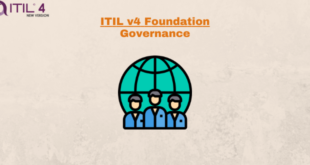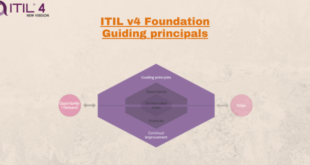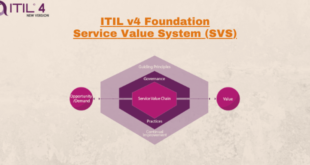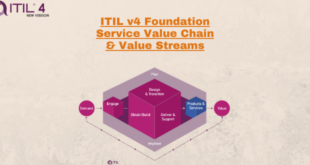Every organization is directed by a governing body, i.e. a person or group of people who are accountable at the highest level for the performance and compliance of the organization. All sizes and types of organization perform governance activities; the governing body may be a board of directors or executive ...
Read More »ITIL v4 (SVS) – Guiding principles
On the outer shell of the service value system (SVS) are the guiding principles and continual improvement. In order to support successful actions and good decisions, both of these components should be constantly considered at all levels. Guiding principles 1. Focus on value Everything that an organization does should map directly ...
Read More »ITIL v4 (SVS) – Opportunity, demand & value
Key inputs and outputs of the service value system (SVS) are opportunity, demand and value. Everything in the SVS begins with opportunity and demand which trigger activities to produce the creation of value. Not all opportunity or demand entering the system are automatically accepted. In many cases there might be a ...
Read More »ITIL v4 – Service Value System (SVS)
The Service Value System (SVS) is the machine which turns opportunity and demand into value for the organization, customers and it’s stakeholders. The service value system includes the following components, all interconnected, working together to achieve a desired output, creating value (think of all the gears in a watch all interconnected ...
Read More »ITIL v4 (SVS) – Service Value Chain (SVC)
New to ITIL v4 is the Service Value Chain (SVC), which is at the center of the Service Value System (SVS). It outlines 6 key activities used to respond to demand and facilitate value realization through the creation of products and services. Simply put, it is a bunch of processes ...
Read More » MooMetric.com Integrating marketing and business metrics using code and non code solutions.
MooMetric.com Integrating marketing and business metrics using code and non code solutions.




